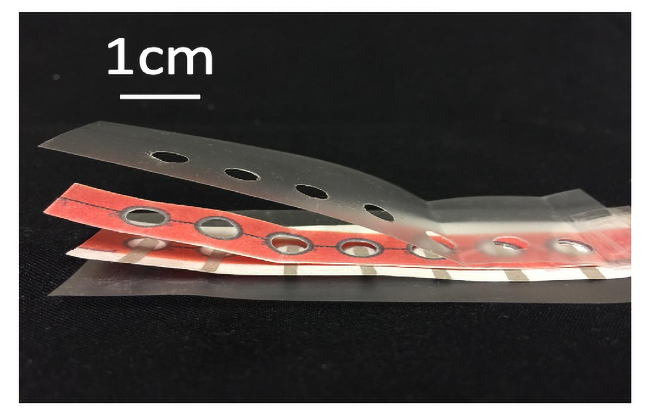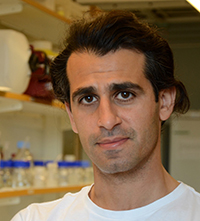KTH lab switches gears to fast-track open source COVID-19 home test

A research lab at KTH Royal Institute of Technology is repurposing its point-of-care DNA diagnostics research with the aim of producing a paper strip corona virus self-testing kit. If successful, the system could break the bottleneck of collecting test samples and reduce workload and danger for healthcare workers.
Max Hamedi, a researcher at KTH Royal Institute of Technology, says that his research team has already progressed with designing cheap point-of-care nucleic acid tests on paper strips for detecting bacterial infections; and it has used open-source systems to prototype a simplified device to read the strips.

“If we nail this down and say we can do this mission within a couple of months, to have the machine ready and the strips ready, that is feasible,” Hamedi says. “We are going to skip all the work we have been doing with bacterial infection detection and fast track the electronic and test strip part so we can provide a COVID-19 test.”
The work on nucleic acid testing has been funded by the European Research Council.
Inspired by his post-doc work at Harvard University, Hamedi has combined the microelectronics and chemistry of biosensor technology to tackle the basic steps of viral detection. “It’s about rethinking the structure of how centralized labs work today,” he says.
In today’s labs, swabs are collected by healthcare professionals and the samples are then put through a multi-stage process called reverse-transcription polymerase chain reaction (PCR). This stage basically unwinds the viral RNA and converts it into DNA, which is then further replicated so there are millions of copies – enough for a quantitative PCR instrument to detect the virus.
The system Hamedi’s team is working on would dramatically compact the PCR process into tasks that can be handled by the paper strip’s imprinted reagents and circuit boards. These use principles of electrowetting, or manipulating small amounts of liquid with applied electric fields. Then all that’s left is the instrument to identify the DNA strands of the corona virus. The DNA reader is a simplified device which is built on open source electronics that encode electrodes to recognize the COVID-19 DNA.
“When it comes to the machines today, they have to reheat a large amount of material quickly because you have plastics and metals,” Hamedi says. “So instead you minimize the weight of your whole system and at the same time you minimize all the things that have to do without how liquids are handled.”
Significantly, the system would address the most critical bottleneck in the testing process: the collection of samples, which requires hours of work and means exposure to danger for healthcare workers.
David Callahan